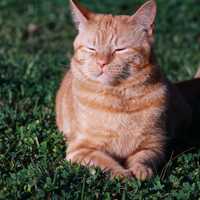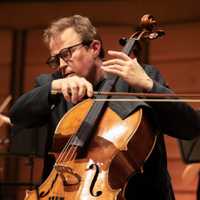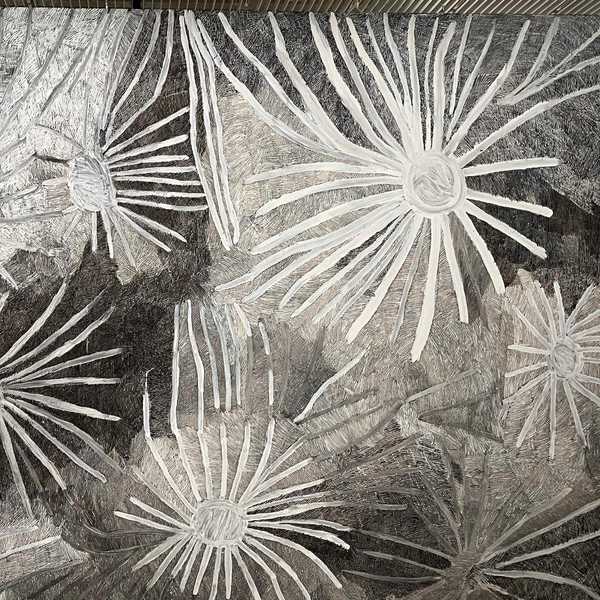Visited Thursday 17 October 2019
Reviewed by Rosalind Gustafson

The Museum of Contemporary Art’s recently opened Guan Wei exhibition, running from October 2019 to February 2020, is small and easily digestible, consisting of a single room where four of Wei’s works are on display. These four works, Two-finger exercise, Feng Shui, Certificates, and Paper War, all speak to either Wei’s experience as a Chinese man, both in his home country and in Australia, or to the nature of Chinese culture and society; to emphasise this, booklets and signs are written in Mandarin as well as in English. An electronic component is provided in the form of a phone guide: visitors can use the camera on their phones to scan the artworks and be treated to a series of hidden poems in the case of Two-finger exercise and additional context and explanations of the work’s symbolism in the case of Feng Shui. Finally, accompanying Paper War is an animated video, where the overlaid helicopters, soldiers, paratroopers, battleships, and more are brought to life in a vivid display. It is quite simple and may take less than an hour to view completely.
This reviewer quite enjoyed the exhibition, and in particular, appreciated the poems that accompanied the forty-eight pieces comprising the Two-finger exercise. These poems gave more meaning to the pictures that I admittedly could make no sense of at first glance, injecting both gravitas—such as in the case of #44, where a commander mandates group practice of the V-sign though the workers are starving, though whether the narrator’s pleasure at this is genuine or ironic I could not tell—and humour, as in #35 and #36, where the subjects contend with insects by making the V-sign. Accompanying this are depictions of the envelope and insert for the envelope that would, I believe, accompany the pieces in China—a commentary on Chinese bureaucracy if I am reading it correctly. The sign, meanwhile, gives the history of the piece, informs the viewer that it was written in response to the Tiananmen Square student protests—of which the V-sign was a common symbol—and massacre of 1989. Upon reading this, the pictures do become much less whimsical, at least for me, though I know little enough of the Chinese democracy movement and of Tiananmen Square that the effect was not as pronounced for me as it could have been.

This, I believe, is a prevailing flaw in the exhibition, though it is one that could easily be chalked up to my own ignorance. Take Certificates and Paper War in addition to Two-finger exercise. Certificates is a satire of Chinese bureaucracy and the mandated paperwork and identity papers in China, and according to the official MCA website, the papers presented are stamped and overpainted by Wei to become “statements of individual expression rather than state power”. Paper War, meanwhile, consists of the facsimile of a 17th-century scroll painting by Gong Xian, which Wei has overlaid with images of helicopters, soldiers, paratroopers, battleships, tanks, and more besides, depicting military invasion and the bloodshed of war. As mentioned previously, it is accompanied by a video, in which the entirety of the scroll is viewed and the overlaid images are animated and brought to life, further emphasising war’s brutality and its damaging effects. All are fine to look at and powerful in their ways, but for someone who has no experience with bureaucracy, Certificates had little impact on me, and I could not be sure whether Paper War was depicting anything in particular: an invasion of China, or a Chinese invasion, or something else entirely. This inability to truly connect with what I was seeing took away from my experience of the exhibition, though I imagine many others will not have the same problem.
The highlight of the exhibition is undoubtedly Wei’s 2004 work Feng Shui, a massive painting that incorporates elements of Wei’s experiences in China and Australia and mingles science with both Western and Chinese culture. Chinese wind deities are shown in the form of cherubs, six European ships and a fish representing the unknown they journeyed into can be clearly seen on the right side of the map, there are ten clouds and nine figures swimming in the ocean on the left—note that in China, clouds are a symbol of luck, nine completeness and eternity, and ten fullness and totality—and much more besides. It is a very complex work, emphasising the beauty of the world we live in and the importance of harmony and balance between humans and the environment, and current concerns about climate change make it all the more relevant and powerful. Again, however, I feel as if much of the content would have gone over my head without the guide on my phone, for I know next to nothing about feng shui or Chinese symbolism, and I suspect I walked away from it without having had quite the experience I should have. While this may perhaps detract from the exhibition that there is not quite enough context provided for Wei’s works, my own ignorance could just as likely be to blame, so do not let me stop you from attending and finding out for yourself, readers!

All told, though the exhibition is short, it is quite powerful and very relevant, particularly with regards to climate change and the current situation in Hong Kong. Perhaps there is not enough context provided for those who know little of Chinese history or culture, but even so, the exhibition offers a chance to learn much more and gain a greater appreciation for both, and the appearance of Australia and Western symbolism in Feng Shui helps bring the two different cultures together. I gladly recommend it; there’s something here for everyone, and you may well walk away knowing much more than you did before.
What: Guan Wei: MCA Collection
When: 11 October–9 February
Where: Museum of Contemporary Art, The Rocks, Sydney
Price: Free
Exhibition details here: Guan Wei: MCA Collection
Share "Review: Guan Wei at the MCA"
Copy










